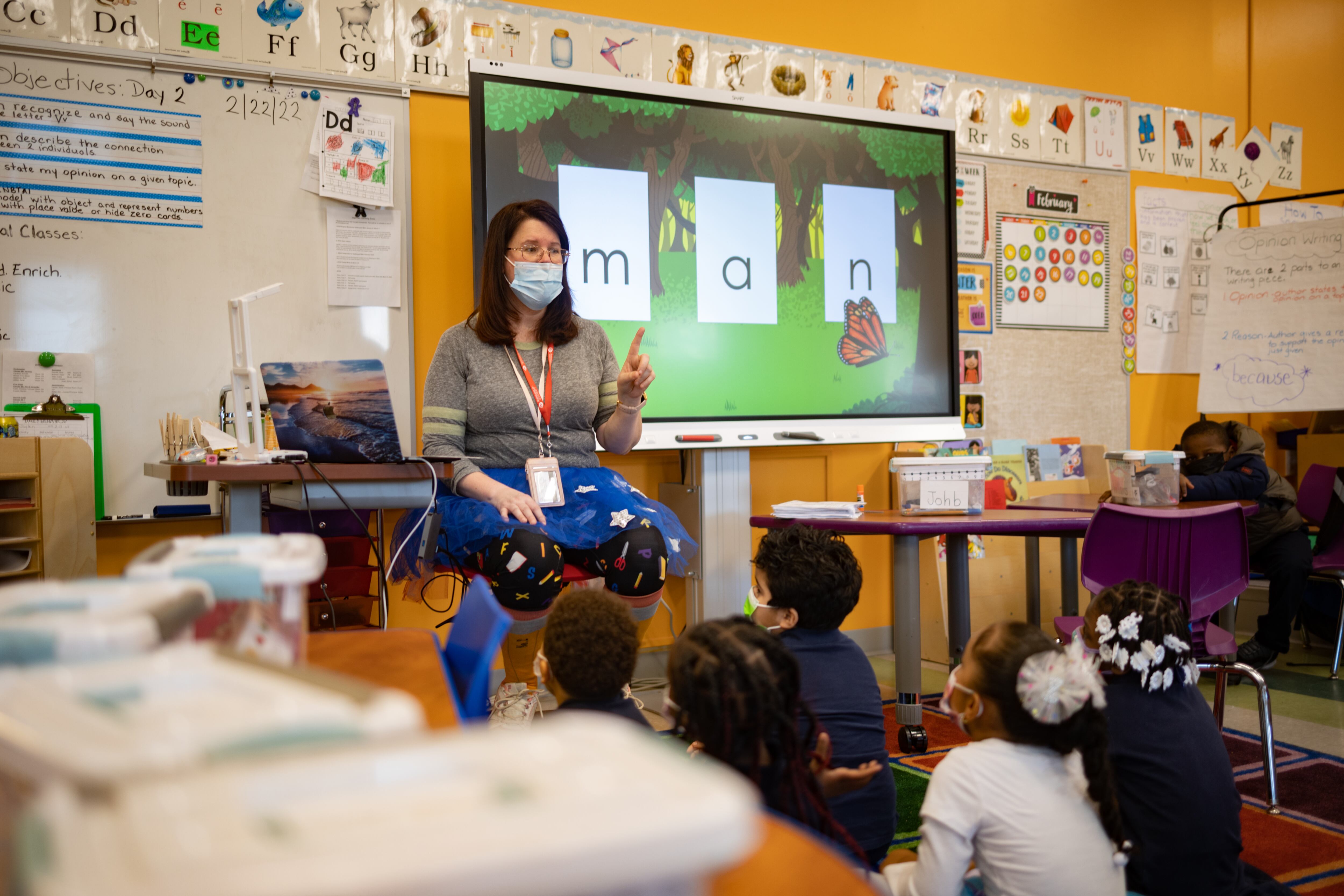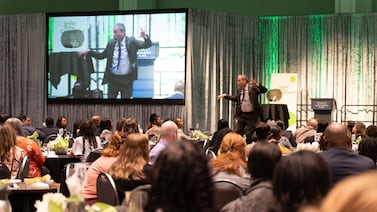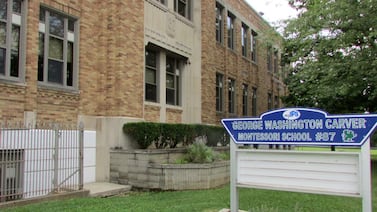Editor’s note: This article was updated to remove material that appeared verbatim on the PHEAA website.
A labor shortage that marred the beginning of the school year in Philadelphia has continued and could get worse, with a midyear increase in teacher resignations, according to district data presented at Thursday’s Board of Education meeting.
According to the data, 169 teachers left the school system between Dec. 1 and Feb. 15 — double the number of teachers who resigned during the same period last year. That figure doesn’t include the 178 teachers that are currently on leave or sabbatical. The district employs about 9,100 teachers.
That’s also a change from the start of the year, when resignations were largely from the central office, not the teacher workforce, officials said.
Teacher attendance is also lower this school year, with a 20% increase in daily teacher absences compared to last year. Sixty-eight percent of teachers attended 95% of class so far this year. Amid a COVID surge following winter break, for instance, many schools shifted to remote learning to cope with sick teachers and staff.
Asked if he would characterize this year’s loss of district employees as a trickle or a water main break, Superintendent William Hite said the current staff shortages were the latter and were exacerbated by other absences.
“It all depends on the positions. At the beginning of the year transportation felt like a water main break right? Because we were not able to just get candidates into those roles. But as we start to work on the problem, then it becomes more manageable, but I do think it depends on both the positions and in many cases the places,” Hite said.
Some positions are harder to fill than others, said Larisa Shambaugh, chief talent officer for the school district. The areas with the largest number of vacancies include: special education, elementary, math, English, English as a second language, and science.
Shambaugh noted that teacher vacancies vary significantly by school. For instance, 162 schools have a “fill rate” for teachers of more than 95%; the rate is the ratio of the number of hires per month to the number of job openings. Fifty-three schools have rates of 85% to 94% for teachers. And seven schools are below 85% for teachers.
Teacher diversity has also been a concern in the district’s teacher recruitment efforts. More than 70% of the district’s students are Black and Latino, yet teachers are mostly white. Black teachers make up 24.5% of the 9,100 teachers in the district, while white teachers make up 67% of the teacher population, according to district data.
The labor market also has affected school staffing, officials said. Wages are increasing, making the market more competitive for employers. Some employees who might have worked for the school district can find other jobs, causing the district to work harder to recruit staff.
To attract climate staff, for instance, a role where the fill rate dropped from 92.7% last year to 62.4% this year, the district is proposing temporarily removing the requirement for a high school diploma and conducting a ZIP-code targeted marketing campaign.
Substitute requests also are higher with 982 substitute requests, on average, per day — that’s 726 more per day than last year. It also has been increasingly difficult to get the number of substitutes needed each day, district officials said.
To address substitute numbers, the district has tried several strategies, including offering daily bonuses to substitutes and hiring 143 full-time building substitutes to support schools on a daily basis.
District officials also said they were looking at strategies to address teacher vacancies, including higher salaries, retention bonuses, a comprehensive marketing strategy, early notification of intent to retire or resign, a pipeline of teacher residency, and more staff and support to the recruitment team.
Some of those items would be subject to bargaining with the teachers union.
To attract school nurses, which also has been an area with vacancies, the district announced a student loan relief program this month.
The current fill rate for nurses is 89.4%, compared to 97.8% last year, even though the district has hired 32 nurses since August. That’s an area the teachers union has drawn attention to throughout the school year, as the COVID pandemic has increased the workload for nurses.
Hillary Linardopoulos, a spokesperson for the Philadelphia Federation of Teachers, said of teacher and other vacancies that “A lot of it will come down to ensuring students and staff have the resources that they need to really promote working and learning conditions that are good for staff and students. That’s critical.”
Kristen Luebbert, a humanities teacher at the U School, addressed the staffing issue during the registered speakers portion of Thursday’s meeting.
“Teachers don’t leave because of students. We don’t leave because of quote unquote tough neighborhoods or quote unquote, bad communities. We leave because of bad administration, crazy, meaningless paperwork requirements and toxic working conditions.”
At the start of the school year, a shortage of bus drivers, food service workers and others wreaked havoc on the system. Buses were late and trash piled up in school yards. Transportation and food services still were among the positions with the lowest fill rates as of this month, officials said.
From Aug. 16 through Oct. 1, the district saw a significant increase in resignations from central office and, to a lesser extent, nurses, general cleaners, and secretaries. But not from teachers, Shambaugh said.
But the district said the “great resignation” is not affecting all roles this school year.
School-based administrators were 99% staffed at the beginning of the school year and remain almost fully staffed at 97.5%. Building engineers are currently staffed at 70%, which is about what the fill rate has been for the past four years.
Anyone interested in teacher positions can visit www.teachinphilly.com or www.workinphilly.com.








